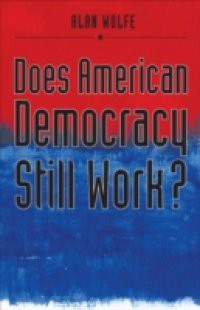The only comparison of EU and US protection against trade mark dilution, this book provides a complete overview of the dilution action, enabling practitioners to better protect trade marks against dilution or to combat dilution claims. Through clear and practical tests for the different types of dilution, this book demonstrates how to prove that a mark is famous, how to prove blurring, tarnishment and unfair advantage and how to prove lack of due cause. It givesclear guidance on the meaning of association and the role of similarity of goods, as well as the US dilution defences, the level of proof required and the 'actual versus likely' dilution question. By examining the justifications offered for dilution, the book places the dilution action in the wider context of the trade mark system, allowing readers to understand the issues behind the law and to consider whether the law appropriately meets these justifications. It considers the fundamental questions raised about trade marks, including whether the main aim of trade marks is to protect the public from being confused, or the investment of trade mark owners in building up their reputations. The book also considers how well the EU and the US take these questions into account in balancing the interests of trade mark owners, their competitors and the public through the dilution action. Dilution is at the cutting edge of trade mark law, extending its protection beyond traditional boundaries to situations where defendants using trade marks are not causing confusion. This book provides practitioners with all the information they need both to protect trade marks against dilution and to prevent them being the subject of dilution claims.




 9.25 (4)
9.25 (4) 









